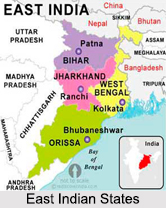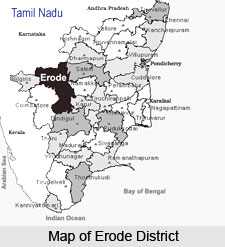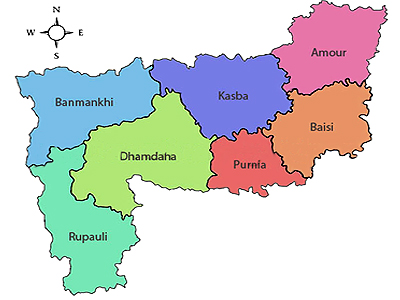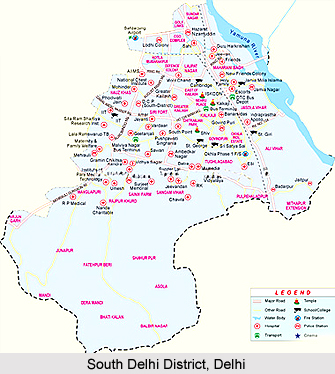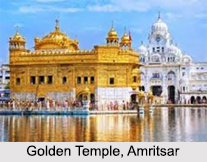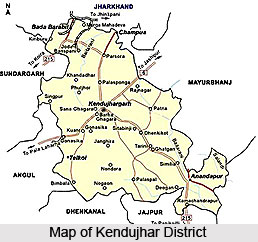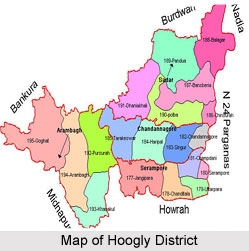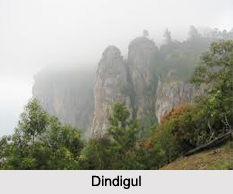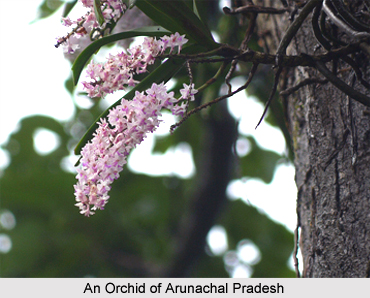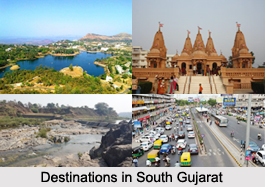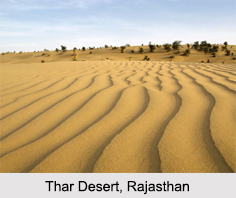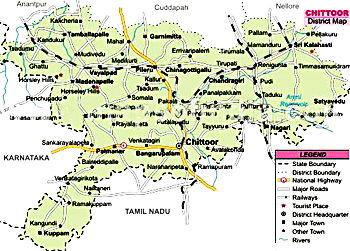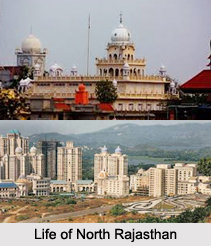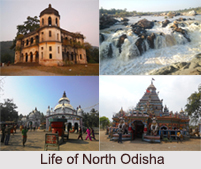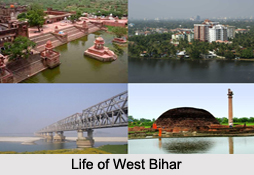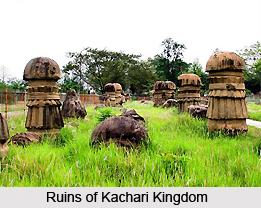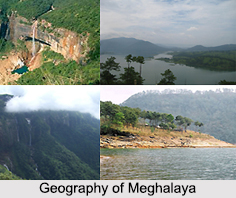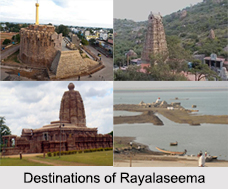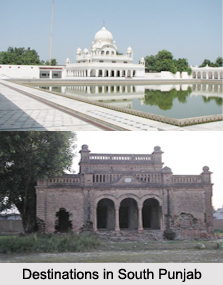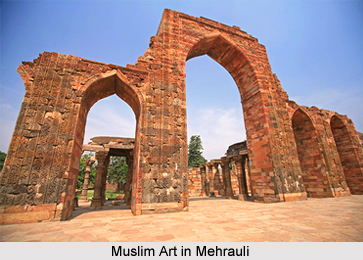 Mehrauli is the neighbourhood in the South West district of Delhi in India. It also represents as a constituency in the legislative assembly of Delhi. The area is situated next to Vasant Kunj and close to Gurgaon. Just like the rest of Delhi, the climate of Mehrauli is also semi-arid with great variation between winter and summer temperatures. The Mahrauli soil consists of sandy loams to loam texture. In the recent past, the water level has gone down-hovering between 45m to 50 m due to rise in the population count.
Mehrauli is the neighbourhood in the South West district of Delhi in India. It also represents as a constituency in the legislative assembly of Delhi. The area is situated next to Vasant Kunj and close to Gurgaon. Just like the rest of Delhi, the climate of Mehrauli is also semi-arid with great variation between winter and summer temperatures. The Mahrauli soil consists of sandy loams to loam texture. In the recent past, the water level has gone down-hovering between 45m to 50 m due to rise in the population count.
History of Mehrauli
Mehrauli was previously known as Mihirawali which means Home of Mihir and founded by the King Mihir Bhoja of Gurjara-Pratihara Empire. Presently, Mehrauli happens to be one of the seventh ancient cities that made up Delhi - the national capital and one of the union territories of India. The Lal Kot fort was built by Gurjar Tanwar chief Anangpal I around 731AD and expanded by Anang Pal II in the 11th century, who shifted his capital to Lal Kot from Kannauj.
Chauhans in the 12th century defeated the Gurjar Tanwars. The fort was further expanded by Prithviraj Chauhan who named it Qila Rai Pithora. He was killed by Mohammed Ghori, in the year 1192, who put his general - Qutub-ud-din Aibak, in charge and returned to Afghanistan. Then in the year 1206, after the death of Muhammad Ghori, Qutub-ud-din enthroned himself as the first Sultan of Delhi. Thus, Delhi also became the capital of Mamluk dynasty of Delhi (Slave Dynasty) the first dynasty of Muslim sultans to rule of the North India. Mehrauli also remained the capital of Mamluk dynasty that ruled until 1290. During the Khiliji dynasty, the capital shifted to Siri. In 12-century the Jain scriptures, also known as Yogninipura, now noticeable by the presence of the well-known, "Yogmaya Temple", near the complex of Qutub Minar, believed to be built by the Pandavas.
Architecture of Mehrauli
Mehrauli, presently maybe like an ordinary neighbourhood, but its part can be differentiated in terms of architectural beauty. Even though, after Slave Dynasty, the capital shifted from Mehrauli there were many other dynasties that greatly contributed to Mehrauli`s architecture. One of the most significant architecture remains to be as Qutub complex which was started by Qutub ud din Aibak with subsequent additions by Iltutmish and Ala-ud-din Khilji. Today, the Qutub complex is UNESCO world heritage site.
The grave of Qutbuddin Bakhtiar Kaki is also located near the complex of Qutub Minar, and is the venue for the annual Phoolwalon-ki-sair Festival. The Dargah complex also houses graves of later Mughal Emperors, Bahadur Shah I, Shah Alam II, and Akbar II, in an adjacent marble enclosure. Moti Masjid, a small mosque, lies to the left of Dargah which was built for private prayers by the son of Aurangzeb, Bahadur Shah I
.
The Slave dynasty ruler of Delhi Sultanate, whose tomb like Balban`s tomb, was constructed at Mehrauli in the 13th century can still be seen though in a dilapidated condition. Architecturally, the place is indeed very significant as it is the first true arch in Indo-Islamic architecture. Another tomb, that being Balban`s son, Khan Shahid who died before he could be crowned is also situated nearby in Mehrauli Archaeological Park.
A Baoli or Stepwell called Rajon Ki Baoli was built in the year 1506 during the reign of Sikandar Lodhi. It was actually used to store water but presently it is completely dried and known as Sukhi Baoli.
The tomb and mosque of Maulana Jamali Kamali was built in the year 1528 .The saint`s tomb built in 1536 upon his death is adjacent to the mosque.
The Tomb of Adam Khan is a popular tomb which was constructed by Mughal Emperor Akbar in memory of his foster brother and general Adham Khan in 1566. The tomb, also called Bhulbhulaiyan, as one could get lost in the labyrinth of its passages, it was later used by the British as a residence, rest house and even as a police station. Close to Adham Khan`s tomb, lies that of another Mughal General, Muhammad Quli Khan, later it served as the residence of Sir Thomas Metcalfe, Governor-General`s Agent at the Mughal court.
